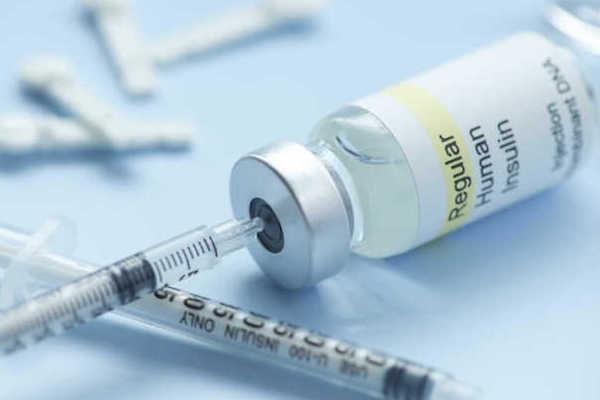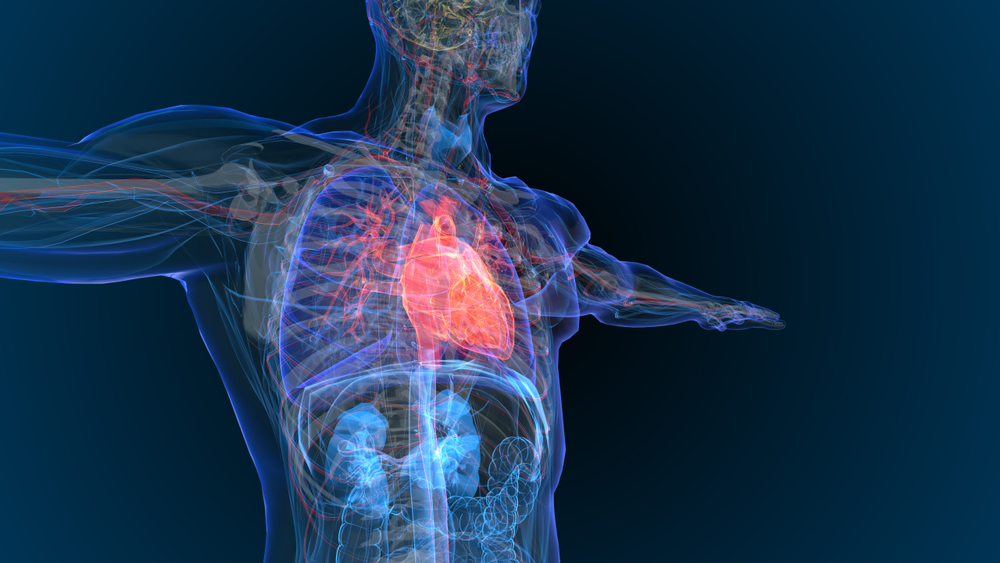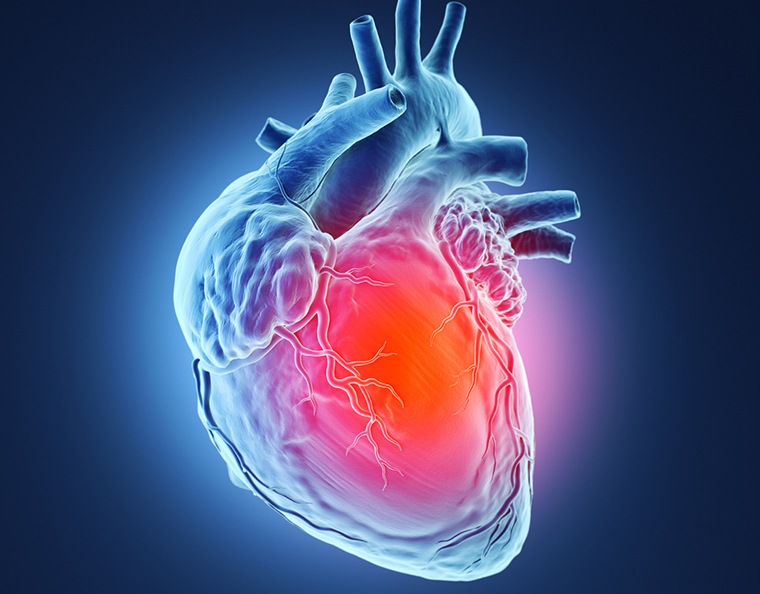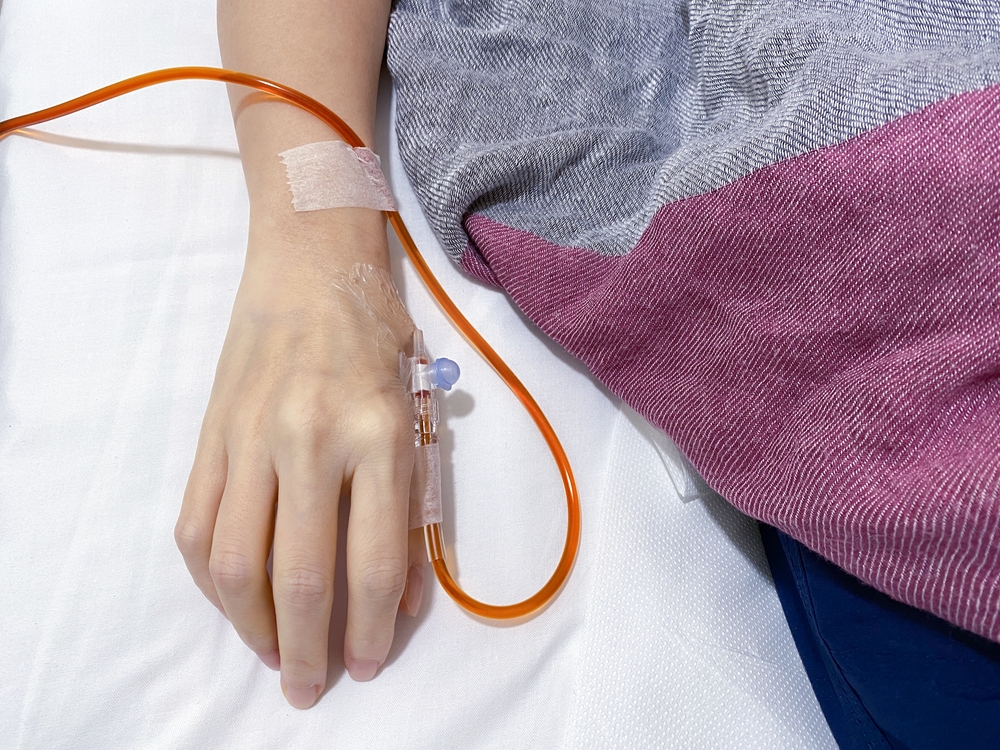Routine transport to the hospital for an out-of-hospital cardiac arrest was not necessarily better than on-scene treatment and resuscitation, a new analysis suggests.
“There is wide variability among emergency medical systems (EMS) with respect to transport to hospital during out-of-hospital cardiac arrest resuscitative efforts,” the authors wrote in the study rationale. “The benefit of intra-arrest transport during resuscitation compared with continued on-scene resuscitation is unclear.”
The cohort study, published in JAMA, included consecutive nontraumatic adult EMS-treated patients who suffered out-of-hospital cardiac arrest. The full cohort included 43,969 patients (median age, 67; 37% women). The propensity-matched cohort included 27,705 patients. The primary outcome of interest was survival to hospital discharge, with a secondary outcome of survival with favorable neurological outcome at hospital discharge (modified Rankin scale < 3).
In the full cohort, survival to hospital discharge was 3.8% for those undergoing intra-arrest transport to the hospital compared with 12.6% for those who received on-scene treatment. In the propensity-matched cohort, survival to hospital discharge was 4.0% in patients undergoing intra-arrest transport and 8.5% in those receiving on-scene resuscitation (a risk difference of 4.6% [95% CI, 4.0% to 5.1%]). For the secondary outcome of a favorable neurological outcome, it occurred in 2.9% of patients undergoing intra-arrest transportation compared with 7.1% receiving on-scene treatment (risk difference, 4.2%; 95% CI, 3.5% to 4.9%). Several subgroups, including initial shockable and nonshockable rhythms and EMS-witnessed and unwitnessed cardiac arrests, had a statistically significant association with intra-arrest transportation as well as survival to hospital discharge.
” Among patients experiencing out-of-hospital cardiac arrest, intra-arrest transport to hospital compared with continued on-scene resuscitation was associated with lower probability of survival to hospital discharge,” the authors concluded. “Study findings are limited by potential confounding due to observational design.”
Authors of an accompanying editorial noted the importance of understanding differences in care delivery, both for individual patients and for the larger community.
“Ultimately, understanding the heterogeneity of care may maximize the generalizability of study findings and optimize the value that individual persons and communities might gain from advances in OHCA management,” they wrote in the editorial. “The incidence of OHCA will increase with the anticipated aging of the US population, and the urgency to advance the science of resuscitation and of resuscitation models must increase to meet the needs of the population.”
In this cohort study of patients with out-of-hospital cardiac arrest (OHCA) in an OHCA registry, intra-arrest transport to hospital was associated with lower probability of survival to hospital discharge vs continued on-scene resuscitation https://t.co/RQyCM6mRgi @BrianGrunau
— JAMA (@JAMA_current) September 16, 2020
Important work from @BrianGrunau and team. Lots of nuance, but largely supports “stay & resuscitate” over “load & go” (intraarrest transport) for medical OHCA in many systems. Unclear how/if ECPR would provide added benefit to transport group if available. https://t.co/dz2Z8fnQxN
— Nick Johnson, MD (@NickJohnsonMD) September 15, 2020
Should I stay or should I go? #EMS Impact on pt survival in CPR an observational study: Association of Intra-arrest Transport vs Continued On-Scene Resuscitation With Survival to Hospital Discharge Among Patients With OCHA https://t.co/wK2djdsrzI #FOAMed #FOAMpara #paramedic
— ??? ??????, ??, ??, ??? (@DanielRGerard) September 16, 2020
JAMA https://t.co/fi0CvX0ZhX OHCA registry time-dependent propensity score–matched cohort study OHCA reports intra-arrest hospital transport vs on-scene treatment associated lower prob survival hospital discharge, and favorable neurological outcome https://t.co/Iqf1c0vEHj
— Neil Orford (@neil_orford) September 17, 2020
In JAMA this week: intra arrest transport has worse ( 0-15 min) or neutral (15-30 min) outcome compared to “stay and play”, irrespective of presenting rhythm, or use of mechanical CPR devices. What are the implications for potential ECPR candidates? https://t.co/p2kST3wUle
— Ewoud ter Avest (@ewoudterAvest) September 17, 2020
Credit: Original article published here.










